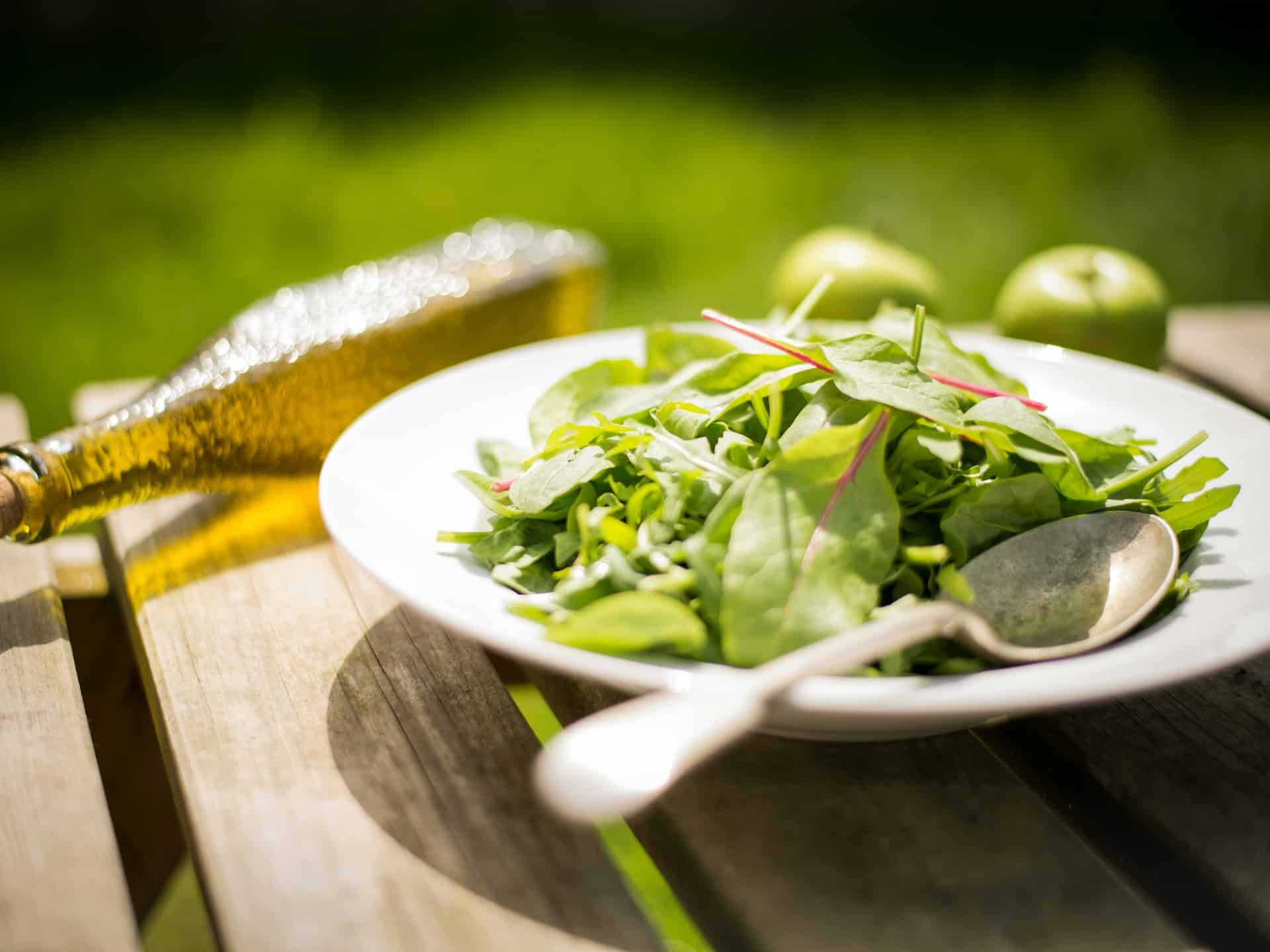
In recent years, much has been written about the benefits of turmeric or for the turmeric. How much evidence is there of all this and which of those assumed curacivas of the turmeric ‘possible son Laura Esquius de la Zarza, a doctor in physiology and sports nutrition from the University of Barcelona, professor of the studies of Health Sciences of the UOC and academic number of the Spanish Academy of Nutrition and Dietary, takes us out of doubt.
What is turmeric
His botanical name is LONGA CURCMA. Turmeric is a plant originating from the southeast of the ginger family (Zingiber Officinale). The part used as a spice and food dye is rhizome (underground stem), characterized by its orange yellow pulp and a bitter light flavor.
Other Saffran Sonfran Denominations of India or Turm.
This spice can be used both fresh and dryly, ground general. It has the peculiarity that, while giving flavor, it provides an into yellow tone to food. That is why it has been used for centuries as Texil.
Traditional medicinal uses of turmeric
Turmeric «has been used for centuries in Ayurvedic medicine and traditional Chinese medicine to treat various ailments,» adds the expert. Among them are the following:
- Digestive and hepátos disorders. It is considered to favor the production of gastric juices and pancrear. «Traditional has been used to treat dyspepsia, flatulence, swelling … also as hepatoprotector,» explains Esquius.
- Inflammation and arthritis. In this case, anti -inflammatory and pain treatment properties are attributed.
- Skin infections and wounds. This case, the possible benefitive effects of turmeric, a possible action and immunomodulating action should be a possible action.
- Menstrual of disorders. Again, benefits would come for their role as a modulator of pain and swelling.
In spite of the abundant literature and translation of its use for centuries and the vivid boom in recent years, the smell that is emphasized that “although turmeric has many benefits of direct value to a part of the diet is very limited due to the small eb sensory that facilitates dietary diversity. Piperina (UN composed of black pepper) significant improvement the absorption of curcumin.
Composition and active principles of turmeric
Ground turmeric is made up of water (13 %), carbohydrates (70 %), protein (6 %), essential oils (6 %), fat (5 %), minerals (3 %), curcuminoides (2-9 %) and vitamin traces
Scientists have identified more than 235 different chemical structures in turmeric, on DIDO, phenolic compounds and terpenoids. The components of the two assets of turmeric are the curcuminoides (also called curcinas) and the essential essential oil. «Within curcuminoides, the most relevant and the most studied is curcumin. He is responsible for its yellow-orange color and many of its agricultural effects attributed as antioxidant, anti-inflammatory, etc. ”, Says Esquius.
When talking about the possible benicious turmets they actually refer to curcumin, which is its most studied principle. «Turmeric as it is nothing more than dust or total rhizome extract, while curcumin is already an active substance.»
Curcumin
Curcuminoid content, that is, curcumin, in the turmeric that we use as a spice ranges from 2-9 %, dependent on the geographical location or cultivation conditions. This works to apply standardizations in the compliant alimios.
Curcumine could exert enteric and non -enteric effects due to its potential antioxidant activity and inflammation reduction. In this sense, the European Medication Agency (EMA, 2018) and the Spanish Agency for Medicines and Health Products (AEMPS, 2020) Avate its traditional use for incremnaria biliary secretion in the treatment of indigestium: feeling of fullness, flatino and digestud.
Essential oil
Kilogram of turmeric contiens 20-70 milligrams of essential oil. He is responsible for the aroma of turmeric.
Benefits of turmeric for health
EFSA has evaluated multiple allegations about turmeric (actually, curcumin), but to date He has not implemented health allegations for curcumin in supplements due to the lack of conclusive evidence in humans. That those possible therapeutic effects do not mean that it does not sure marine, provided that certain levels of -dosis are not overcome.
However, more and more studies are reinforced by their possible beneficial effects, especially a level musculoskeletal. Esquius signs with other researchers this Work that points out that a supplementation with curcumin could reduce muscle damage and fatigue in athletes.

How much turmeric take up to date?
Clinical studies in established humans The a maximum dose of 2,100 milligrams of curcumin a day in the form of supplement (clinical studies in humans). The European Food Security Agency (EFSA) The use of curcumin as additive (E 100) has reassess and suggests a maximum admissible daily intake of 210 mg/day for an adult with a body weight of 70 kilograms.
Those same studies indicate their Low oral bioavailability. That is why it is usually combined with piperine (black pepper) to improve its absorption. There are currently clinical studies to be bioavailable and curcumin activity, such as the use of nanoparticles, liposomes, polymeric micelles, complexes with metallic transition ions and phospholipid complexes …

Can the effects of turmets be noticed only with the diet?
It cannot be done that it has not been categorically, but complicated. In the low bioavailability of turmeric, another problem is added: the dose that is used in the kitchen, inclusion in oriental recipes where this species is used in abundance, the livera you reach sufficient for the main effects.
«Turmeric powder has only 2–6% of curcumin. A teaspoon (about 3 grams of turmeric), provides 60-180 milligrams of curcumin. To reach the 500 milligrams Aldía de Curcumina, that that the very clum-clied cloth, it would be burned between 2.5 and 8 teaspoons daily of turmeric.
Even so, their effects can be noticed, «although with limitations», following some practical recommendations:
- Combine it with black pepper (its absorption increases)
- Indincing it with fat (olive oil, whole milk, yogurt) to improve absorption.
- Use it as usual part of healthy eating.
«If what we are looking for are clear therapeutic effects, for example, an anti -inflammatory action, it will be necessary to use concentrated or supplication extracts with high bioavailability,» he concludes.
Contraindications and/or side effects
By myy natural that sea food, certain active ingredients in high doses can produce adverse effects. «With the spices consumed as food is difficult to toxes. It is what happens with turmeric,» he adds.
Now, if they were consumed in very high doses, something that is easier that happens in the form of supplements, the signs side effects of turmeric have been detected:
- Nausea, diarrhea, abdominal pain
- Risk of biliary calculations (biliary secretion stimulates)
- Interaction with anicoagulants (such as warfarin)
- Hepatotoxicide Potential to dose> 3 grams/day in sensitive people
Clinical studies demure, however, that these adverse effects They are not usually serious or mortal. Without an obstacle, other adverse effects have been described, such as obduction of bile behaviors, cholangitis, calculations and other bile alterations. In susceptible special vents could increase the risk of renal lithiasis.
Precautions with turmeric: neither in children, nor in pregnant women
United Nations AESAN Report Remember that, since there is no information about the absence of adverse effects in children under 18, no proportion would be convenient food complements containing curcumin to minors of this age. Nor does consumption endorse in food accessories during pregnancy and breastfeeding since curcumin and its metabolites are transferred via breast milk to infants.
Culinary uses of turmeric
Turmeric is used a lot in Indian cuisine, from Southeast and North African. “It is one of the basic ingredients of curry, which is a mixture of species. Among the recipes that we use we have:
- Bow
- Soups
- Sauces
- Hummus
- Gold milk («gold milk»)
- Infusion
- Shakes
It is also used as a food coloring (E100). We find it giving that yellow color in custard, flan, margarines, sweets, snacks …
The Aldi Council
Spices and aromatic herbs provide a lot of flavor – even color – but no calories because of the small amount used. Dare to use them on a daily basis and discover how graduate a dish just by winging us!

Laura Esquius de la Zarza. Doctor in Physiology from the University of Barcelona (UB), License in Biology by the Autonomous University of Barcelona (UAB) and Diploma in Human and Dietary Nutrition from the University of Vic (UVIC). Academic Director of the University Master’s Degree in Physical Activity and Sports. Professor of the Health Sciences Studies of the Universitat Oberta de Catalunya (UOC) and professor at the empowered Health Sciences of Manresa, University of Vic-Central University of Catalonia (UVIC-UCC). She is an Inter -institutional Epi4health Research Group (Research Group in Epidemiology and Public Health in the context of Digital Health). His research activity is related to the study of nutrition, health and sports.







